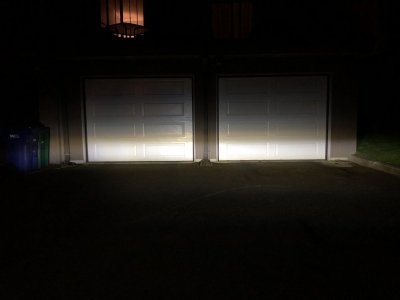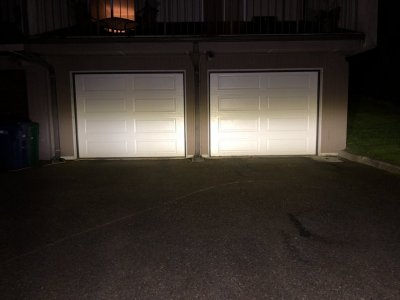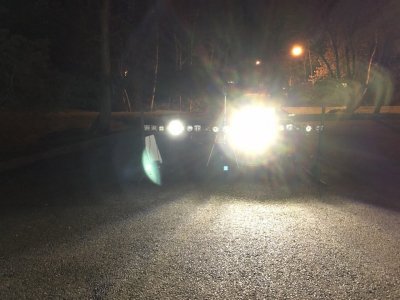Was never worked up, just pointing out the facts of the situation and the discrepancies of both Baja Designs and their vendors.
Kinda funny how you claim you “don’t understand what the big deal is with the SAE business” and “unless I need to go stupid fast for some reason, I've never even considered turning on the auxiliary lights on my raptor while on a public roadway”. Yet, you are improperly aiming your auxiliary off road lightning on your Super Duty to make it usable on the street and use it frequently (10s of thousands of miles). Perhaps, if you used the correct lightning application for the situation you would understand the SAE business. Also, just because you aren’t getting flashed or pulled over for your lights, doesn’t mean you’re doing it right.
I get it, you have a lot invested into Baja Design lights in your extremely expensive build and without a doubt they make some excellent lights. However, remove your bias for a second and recognize when a company/venders should better communicate with customers when they know a product isn’t meeting specifications. Until recently, that hasn’t happened here on this forum. Only time its discussed is when a customer (or potential customer) brings it up and even then the truth of the matter at hand is incorrectly glossed over.
If you are still confused and or just need further clarification, see below to potentially clear a clouded mind.
“
The importance of beam patterns
What is SAE J583 and why does it matter for fogs?
SAE J583 is the official designation of the fog beam pattern, it specifies a very wide beam with a flat horizontal cut off allowing no light above the cut off horizon. This is critical in a fog application for multiple reasons, the first being the purpose of the fog light is to put the light beam low and wide so that the driver can find the edges of the road at low speed without causing the beam to break the horizon and reflect light back at the driver in rain/fog/snow/dust, which reduces visibility in the conditions that the fog is primarily designed for. The clean cut off also allows this beam to be run in oncoming traffic without blinding oncoming drivers, unlike any other pod beam pattern. All other patterns like wide cornering, spot, flood, driving, diffused ect do not have cut offs to run in oncoming traffic and should be considered for high beam use or off road use only. While each of those other patterns serves a specific purpose, none will illuminate the edges of the roadway without reflecting light back at the driver in rain/fog/snow/dust conditions or be safe to use in oncoming traffic, making them a poor choice for true fog light use.”
View attachment 133453
“Wide Cornering beam – including Baja Designs. The wide cornering pattern is commonly misunderstood. Wide cornering emits light in all directions (horizontal and vertical) in a wide angle, this effectively creates a wall of light which is great for effectively illuminating a wide near field area off road. While the beam width will illuminate the side of the road very well (unlike spot) it will reflect significant light back at the driver in rain/fog/snow/dust and emit massive amounts of glare to oncoming drivers due to lack of cut off and wide vertical projection. The pattern is very distributed making it not ideal for distance projection and will put out less light in the fog area than a dedicated equivalent fog beam. It should be considered for offroad use or high beam use only. Note in the photo, where with all other patterns you cannot see the deck above the garage, these lights cast shadows of the deck railing against the 2nd story and actually illuminate the 3rd story of my house.”
View attachment 133454
“What oncoming drivers see with Wide Cornering. Rigid 1760 lumen SAE Fog pod (left) vs Baja Designs Squadron WC 1800 lumen pod (right). The massive glare isn't due to brightness, as the lights are almost equal, it is due to beam pattern and lack of cut off.”
View attachment 133455





